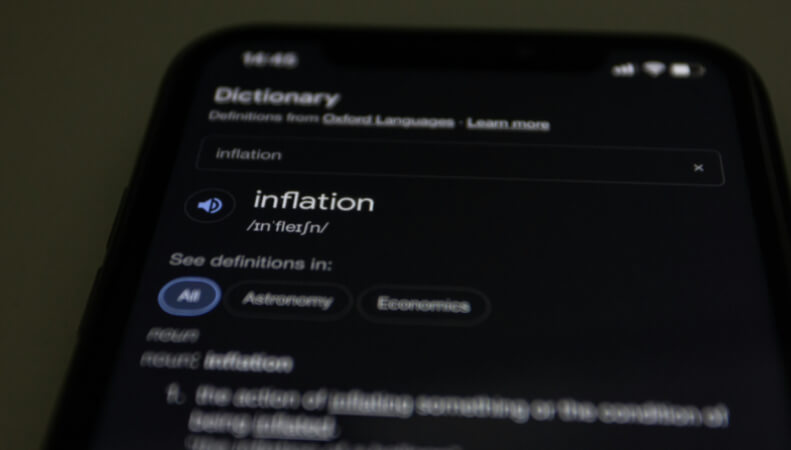By using our website, you agree to the use of cookies as described in our Cookie Policy
Blog
The Fed In Action
As difficult as the coronavirus crisis has been, both in terms of the cost of human life and comatose economies, we are taking a moment to note that without the Fed’s timely and (so far) effective actions, we could be facing a deepening financial crisis on top of the epidemic.
A brief example of an averted crisis in the bond market in March was discussed in a JP Morgan note1. When stocks fall, it is common for investors to shift money into bonds, causing bond prices to rise and bond yields to fall. However, during a sharp contraction, panic selling and liquidity constraints can overwhelm the bond market as well as the equity market.
The week of March 9th saw a surge in government bond sales, as individuals and institutions required cash for margin calls, lines of credit, rebalancing, or living expenses. Instead of fulfilling its role as a safe haven, absorbing an influx of money, the bond market saw rising rates and shrinking liquidity. The 10-year rate rose from a 0.31% low to 1.02% over the course of the week. Despite an emergency rate cut of 100bp by the Fed on March 15th, rates continued to rise the following week, reaching 1.27% by Thursday, March 19th. By Friday, though, the “whatever it takes” policies of the Fed and other central banks finally broke through, with rates dropping to 0.92% by March 20th, to 0.72% as of the following Friday, and to 0.61% as of April 23rd.
The quick bond market recovery showed that central banks had learned the value of swift action from the 2008 financial crisis. Josh Barro of the New York Magazine observes that while governments across the globe have struggled with implementing fiscal policy quickly—witness the delays in the stimulus payments, and the challenge of ramping state unemployment systems to accommodate record number of filers—central banks were able to take policies that seemed extraordinary in 2008 and implement them (and more) in a matter of days in 20202.
It is a good thing that Fed policy was aggressive, as interest rates have already been so low that there was little room to cut. As it did in the 2008 financial crisis, the Fed bought long-term government debt and mortgage bonds. This year, it went even further with its debt buying program, expanding it to corporate and municipal debt, in conjunction with the Treasury department.
Still, the Fed and Congress will likely need to do even more. On April 28th, Fed chair Jerome Powell urged Congress to provide additional fiscal support for families and businesses so as to limit long-term damage to the economy3. Despite a projected deficit of over $3 trillion for this year, interest rates remain near zero, which means deficit concerns can probably take a back seat to economic stabilization measures, as the Fed can absorb additional debt created by further relief packages. If we don’t end up with a V shaped recovery, and get a U shaped or W shaped one instead, continued economic support from central banks and governments will be essential.
Ultimately, only an end to the coronavirus epidemic can bring about an end to the economic crisis. Once the epidemic ends, however, the path of our recovery will still be largely shaped by economic decisions made now. And while it’s likely further action will be needed, the Fed’s acknowledgment of this fact and its swift actions in March underscore its grasp of the economic emergency we’re facing.
1https://am.jpmorgan.com/us/en/asset-management/gim/adv/insights/the-week-the-bond-market-broke
2https://nymag.com/intelligencer/2020/04/why-the-fed-was-so-ready-for-the-coronavirus-pandemic.html
JMS Capital Group Wealth Services LLC
417 Thorn Street, Suite 300 | Sewickley, PA | 15143 | 412‐415‐1177 | jmscapitalgroup.com
An SEC‐registered investment advisor.
This material is not intended as an offer or solicitation for the purchase or sale of any financial instrument or investment strategy. This material has been prepared for informational purposes only, and is not intended to provide, and should not be relied on for, accounting and legal or tax advice. Any forecasts contained herein are for illustrative purposes only and are not to be relied upon as advice or interpreted as a recommendation.
‹ Back








